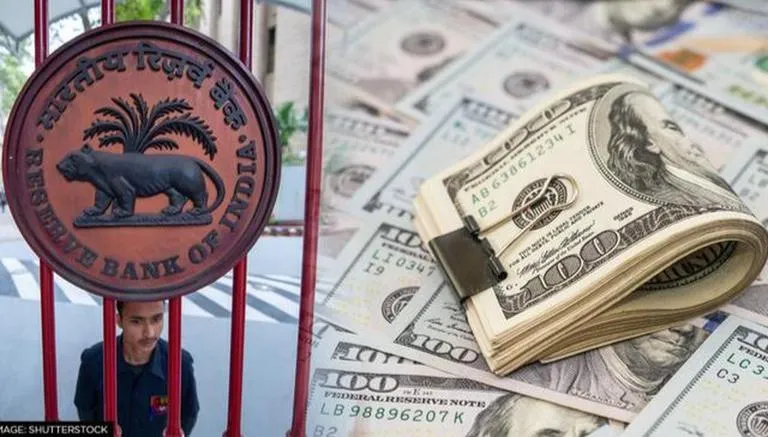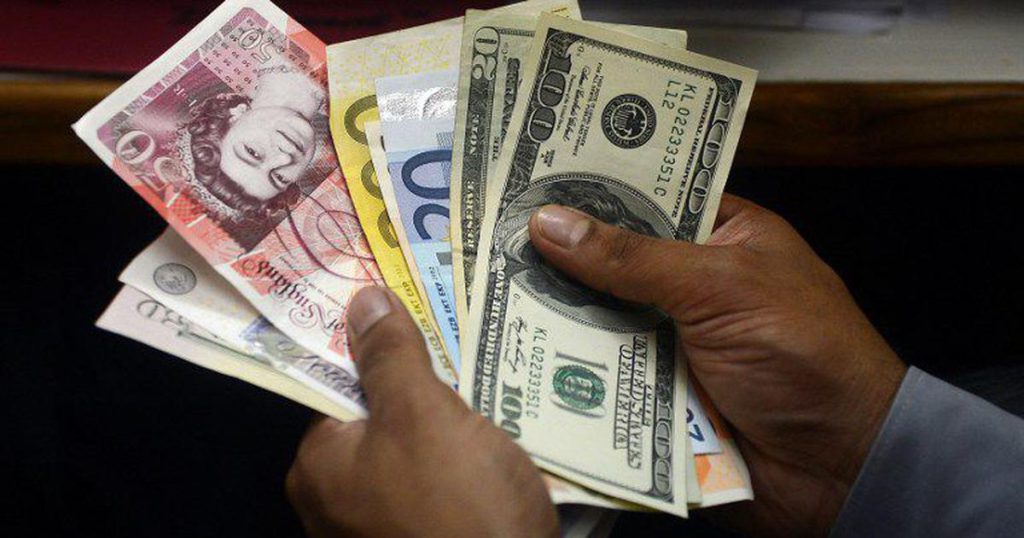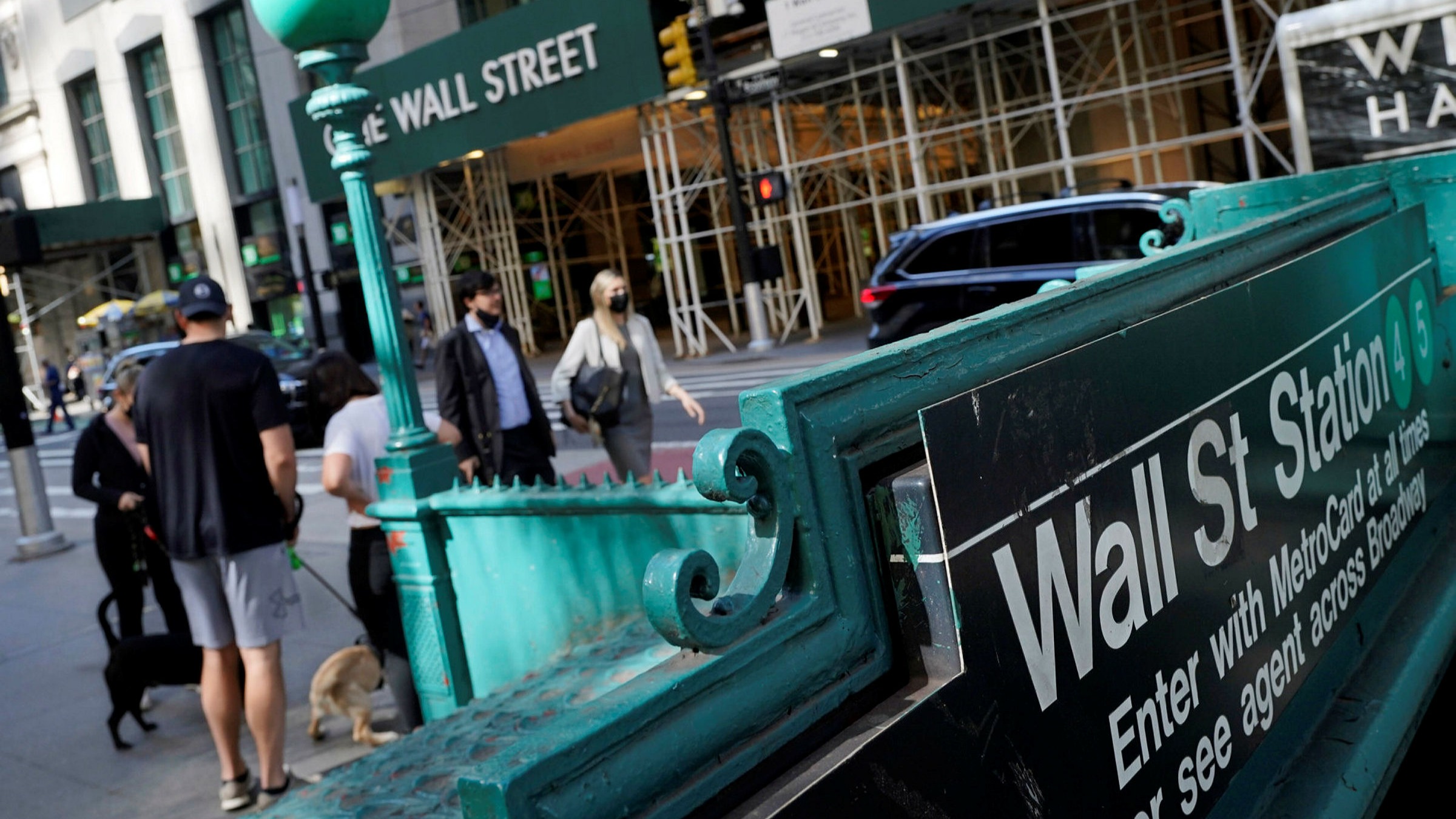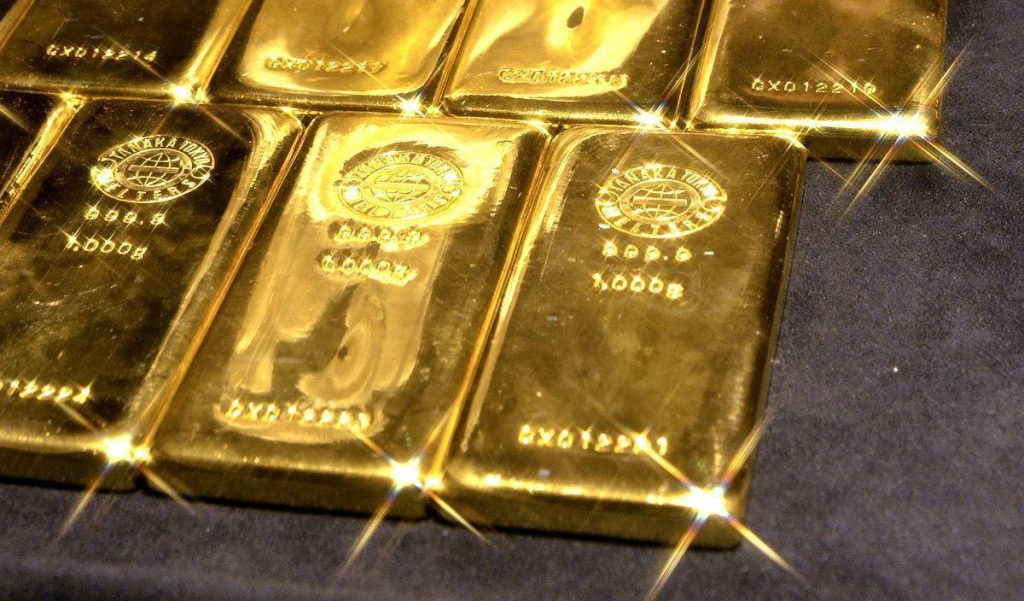The US dollar’s rally came to a halt as the DXY index dropped to 103.5 before the release of April’s US Consumer Price Index (CPI) numbers, while Treasury yields fell as investors switched away from a turbulent stock market amid fears about global growth and a potential inflation peak The Japanese yen (JPY) and Swiss franc (CHF), the top laggards in the previous quarter, gained ground against the USD as the US 10-year yield fell below 3% in European morning trading.
Investors want to know if the US has achieved its inflation high, which might trigger the dollar and other significant currencies to react aggressively. The US CPI is expected to drop to 8.1 percent in April from a 41-year high of 8.5 percent in March, marking the first drop in annual inflation in seven months.
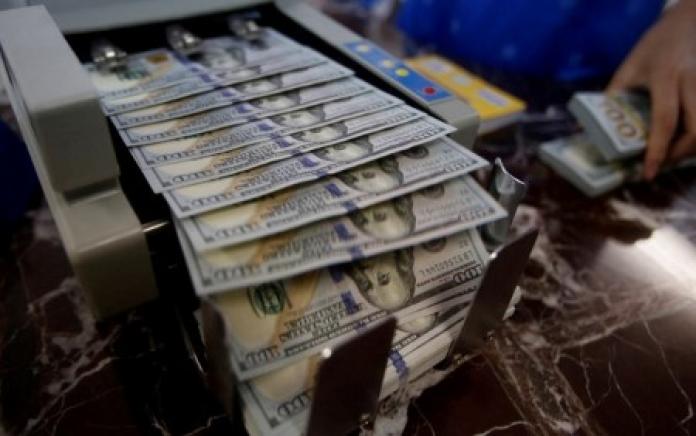
However, rising energy costs on the one hand, and pressure on services pricing as a result of a reasonably strong US employment market on the other, might potentially lead to positive April inflation surprises Meanwhile, risk appetite is increasing today, with the Australian currency (AUD) and the New Zealand dollar (NZD) among the best performers, after Shanghai reported a 51% drop in new daily Covid-19 infections, while Beijing reported fewer instances as well After the head of the Bundesbank suggested that a rate hike could come in July and that waiting to change monetary policy is a risky strategy, the euro
The Norwegian krone (NOK) increased by over 1% on the day, while the Canadian dollar (CAD) increased by 0.4 percentThe high-beta Swedish krona (SEK) was also one of the best performers today, rising roughly 1% against the dollar.

